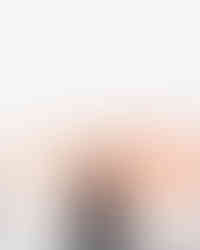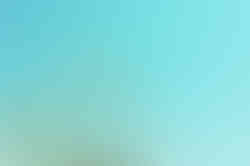Hoya incrassata 'Eclipse' – A Unique Variegated Wax Plant
Hoya incrassata 'Eclipse', a stunning cultivar of Hoya incrassata, is admired for its striking variegated foliage and signature star-shaped flowers. Native to Southeast Asia, this epiphytic climber thrives in warm, humid conditions and makes a perfect addition to any Hoya collection. With its glossy, creamy-edged leaves and fragrant blooms, this plant is as rewarding as it is beautiful.
What Makes Hoya incrassata 'Eclipse' Special?
- Eye-Catching Variegation: Thick, waxy leaves with creamy white margins contrast elegantly against deep green centers.
- Trailing or Climbing Habit: Can be grown as a trailing vine or trained onto supports like trellises and moss poles.
- Delicate, Fragrant Blooms: Produces clusters of small, yellow star-shaped flowers with white centers and a pleasant scent.
- Low-Maintenance: Adaptable and easy to care for, thriving in bright, indirect light with minimal watering.
Important Information About Hoya incrassata 'Eclipse'
- Natural Habitat: Found growing epiphytically in the warm, humid forests of Southeast Asia.
- Growth Form: A vining species that can be left trailing or encouraged to climb for a fuller display.
- Growth Speed: Moderate to fast-growing, with new vines appearing during active growing seasons.
- Toxicity: Non-toxic to pets and humans, making it a safe houseplant choice.
How to Care for Hoya incrassata 'Eclipse'
- Lighting Needs: Prefers bright, indirect light to maintain its vibrant variegation.
- Watering Schedule: Allow the top 2-3 cm of soil to dry before rewatering. Water sparingly in colder months.
- Humidity Preferences: Thrives in high humidity (above 60%), but adapts to average household conditions.
- Temperature Range: Ideal temperatures between 18-26°C. Keep away from cold drafts.
- Soil Composition: Requires a light, well-draining mix containing orchid bark, perlite, and peat moss.
- Repotting and Pot Selection: Prefers being slightly root-bound. Repot every 2-3 years.
- Fertilization: Apply a diluted liquid fertilizer every 4-6 weeks during the growing season.
- Propagation: Easily propagated from stem cuttings. Root in sphagnum moss, water, or soil.
- Pruning and Maintenance: Prune leggy vines to encourage bushier growth and shape the plant.
Common Problems and Solutions
- Yellowing Leaves: Often caused by overwatering—ensure soil dries out between waterings.
- Pest Prevention: Watch for mealybugs and spider mites. Treat infestations with neem oil.
- Blooming Issues: Hoyas flower best when slightly root-bound and provided with ample indirect light.
Extra Care Tips
To mimic its natural environment, provide well-draining soil, bright but indirect light, and good airflow. This will encourage steady growth and promote flowering. Avoid frequent repotting, as Hoyas bloom best when slightly root-bound.
Botanical Background
The genus Hoya belongs to the Apocynaceae family and consists of over 500 species known for their waxy foliage and fragrant flowers. Hoya incrassata 'Eclipse' is a rare variegated form of Hoya incrassata, named for its distinct creamy-white leaf margins.
Frequently Asked Questions
- How do I encourage my Hoya incrassata 'Eclipse' to flower? Provide bright, indirect light and allow the plant to become slightly root-bound.
- Can this plant tolerate lower humidity? Yes, but growth will be slower. Using a pebble tray or humidifier can improve conditions.
- Should I mist this plant? Misting is not necessary, but occasional humidity boosts can promote healthier growth.
Order Hoya incrassata 'Eclipse' Today!
Looking for a unique, variegated Hoya? Hoya incrassata 'Eclipse' is a stunning addition to any plant collection. Order now and enjoy its cascading vines and fragrant flowers!
Hoya incrassata 'Eclipse'
Hoya incrassata albomarginata is approximately 15 cm tall and comes in a ⌀ 12 cm pot.

























































